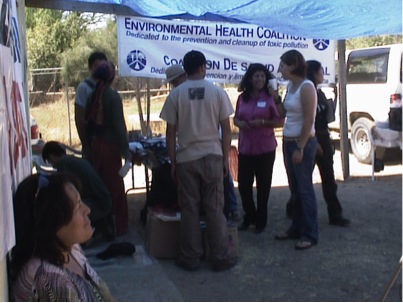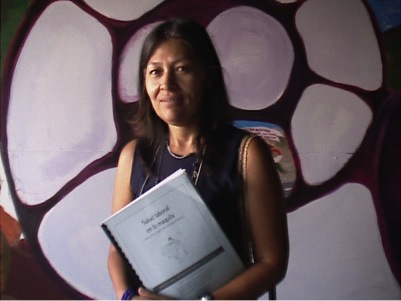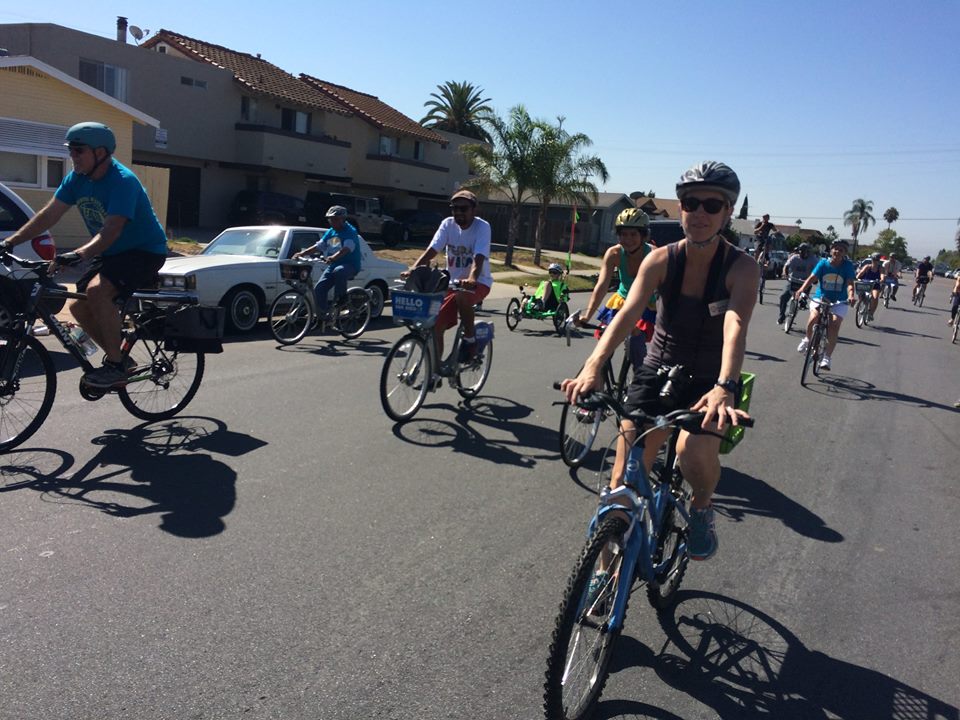
On a sunny Saturday, we hosted our first-ever community bike ride for City Heights residents to pedal in support of the new bike infrastructure planned for City Heights. The area slated for improvements, 54th, University Avenue and Orange Avenue, is lined with schools and green space. The bike improvements offer the freedom of movement residents have advocated for since 2012. Residents were thrilled and ready to celebrate the over $17 million in dedicated funds for the North Park Mid-City Bikeways, and with the enthusiasm and dedication of organizers, sponsors and participants, the bike ride quickly transformed into something incredible.
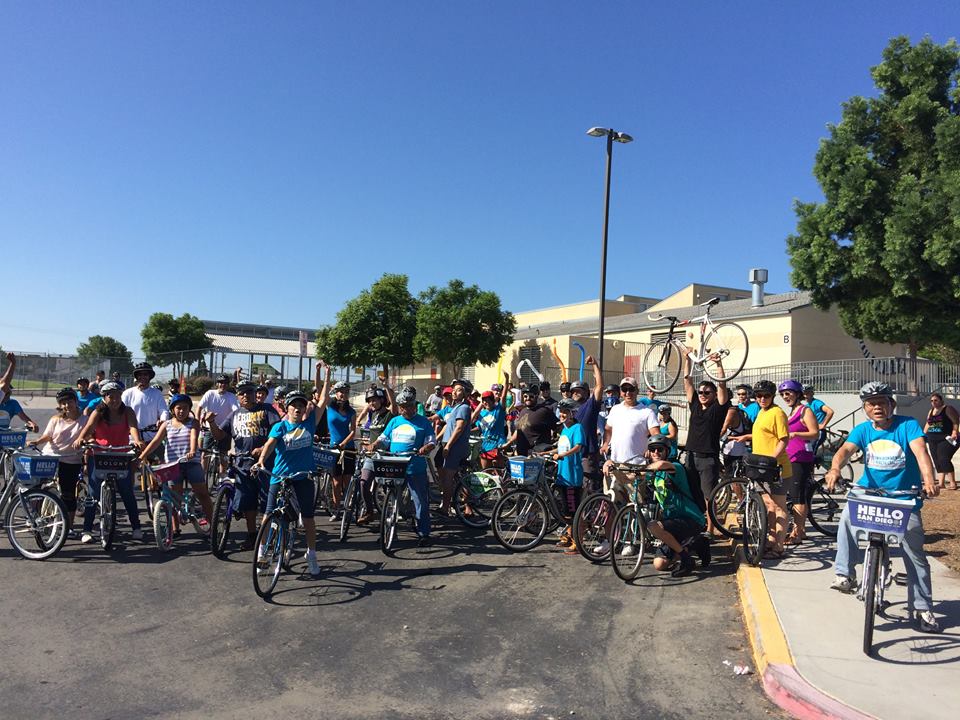
More than 100 people attended this community bike ride in celebration and support of transportation justice. The ride raised awareness and support for bicycle and pedestrian improvements such as bike lanes, sidewalks, crosswalks and road diets to make the streets of City Heights safer. It also gave our allies a platform to share their stories and build new partnerships. Everyone was having so much fun, residents who hadn’t been on a bike in years decided to join, and many loved it so much they made plans to get back on their bikes regularly again.
The strength and enthusiasm of the ride showed SANDAG, the City of San Diego and elected officials how much we care about transportation and climate justice. The ride also highlighted the unsung heroes of climate justice who are living the goals of the Climate Action Plan in the City of San Diego by walking, biking, and taking public transit as their main mode of transportation. Most importantly, the ride became an opportunity to build a stronger community and reclaim our streets. The ride gave a face to the bicycle commuting community of City Heights.
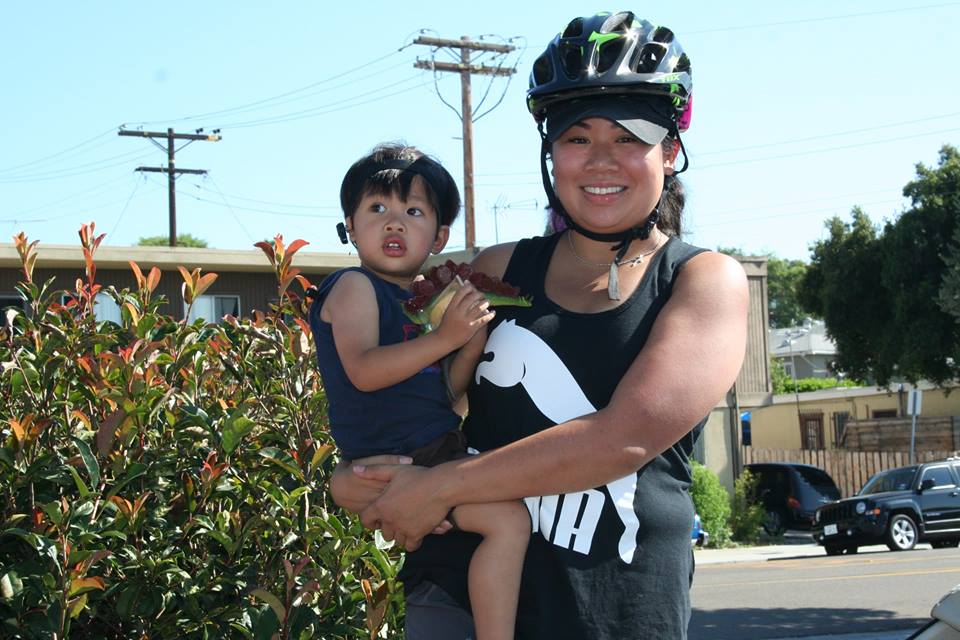
In City Heights residents are 16 percent less likely to have access to a car than the average San Diegan and therefore, are walking, biking, and taking public transportation more. However, they’re 23 percent more likely to get hit by a car while biking and 80 percent more likely to get hit by a car while walking.
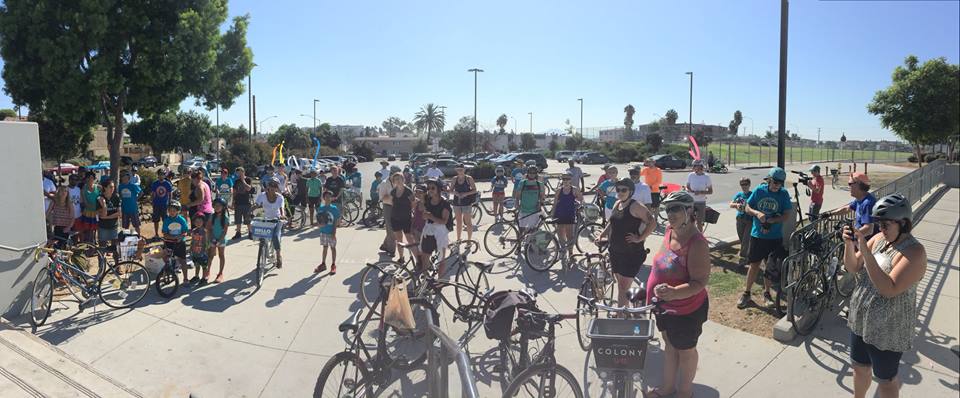
Thank you to everyone who participated, you made a difference. We’d like to give special thanks to the sponsors and organizers of the ride also.

Special thanks to DECO Bikes for bringing 25 free bikes for residents to use and toSuper Cocina for the amazing food and accommodating more than 100 hungry people. Special thanks to our community partners The Built Environment Team, City Heights Community Development Corporation, Community Leadership Association (ALC) and Bikes Del Pueblo. Also, thank you to Bridget Enderle of SANDAG for giving the residents an update on the North Park Mid-City Bikeway project.
Thank you,
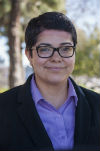
Monique López
Policy Advocate



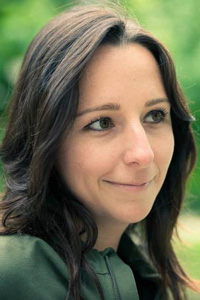 “I feel proud to be a part of such an incredible environmental justice organization. 35 years of EHC means a time to celebrate our healthier communities and our protected natural environment. It’s time to celebrate the amazing support of our community members who look out for neighborhoods in need and work to make change happen.”
“I feel proud to be a part of such an incredible environmental justice organization. 35 years of EHC means a time to celebrate our healthier communities and our protected natural environment. It’s time to celebrate the amazing support of our community members who look out for neighborhoods in need and work to make change happen.”  “35 years of residents fighting back to reduce the toxic pollution that affects their health and lives every day. That’s powerful. That’s profound.”
“35 years of residents fighting back to reduce the toxic pollution that affects their health and lives every day. That’s powerful. That’s profound.”  "EHC is nothing without the brave, responsible community members who stand up for what is right. We're celebrating 35 years of community members working day after day to build healthier places to work and play."
"EHC is nothing without the brave, responsible community members who stand up for what is right. We're celebrating 35 years of community members working day after day to build healthier places to work and play." 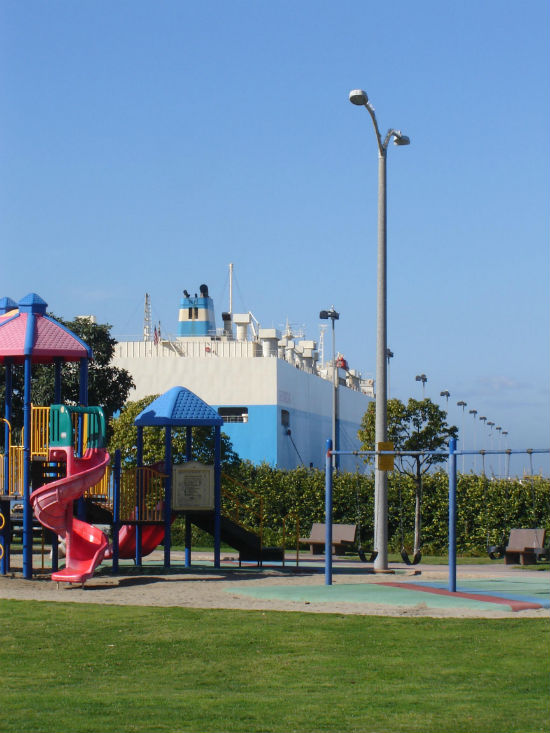
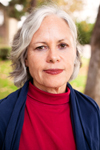
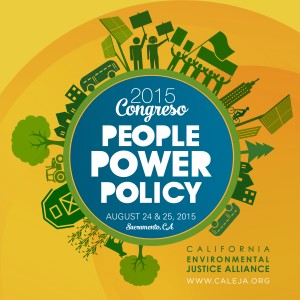 Environmental Health Coalition is joining the California Environmental Justice Alliance’s 2015 Sacramento
Environmental Health Coalition is joining the California Environmental Justice Alliance’s 2015 Sacramento 